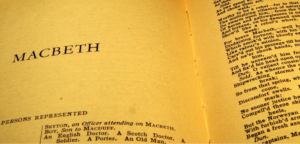
The First Day of Class: Harnessing the Power of the Syllabus Worksheet
As a new semester dawns, professors often grapple with a crucial question: How should we best use that precious first day of class? The options seem endless, and the pressure is immense. Should we dive straight into the material, set the tone for class etiquette,












